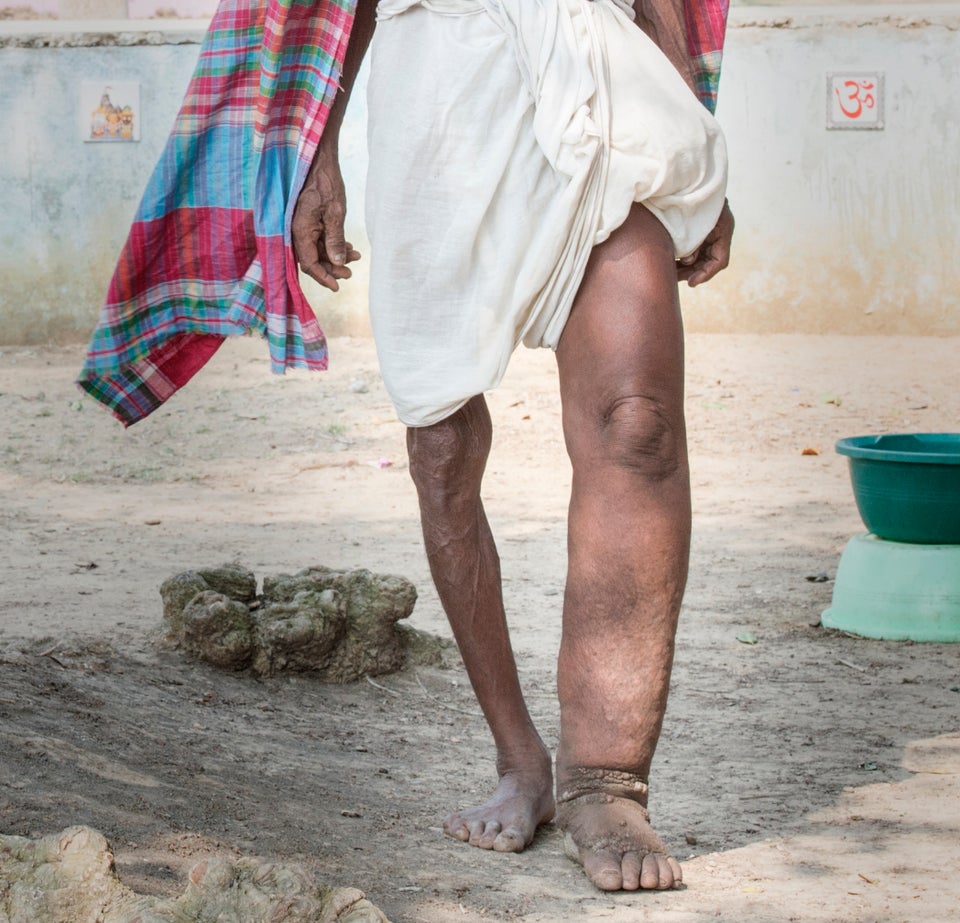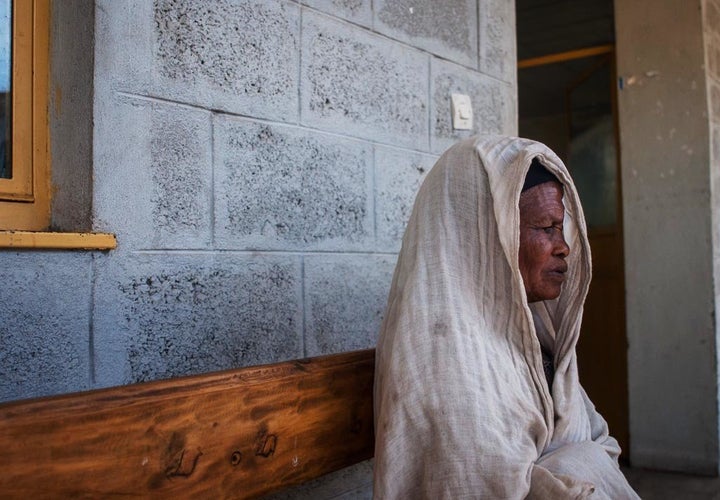
This article is part of HuffPost’s Project Zero campaign, a yearlong series on neglected tropical diseases and efforts to fight them.
TOGA, Ethiopia ― Fresh out of sight-saving eyelid surgery, Bugune sat fragile and exhausted on a bench in the shade, her son Birhane by her side.
“I was in such pain,” said the mother of six, wrapped in a shawl and with a thick bandage across her face, as she recalled the agony of recent months. Since 2015, her eyelashes had been curling into her eye, rubbing and scratching against the cornea until it was too painful to lift the lids to see.
“I had tears falling from my eyes, but it hurt too much to wipe them. I had a headache all the time, so I couldn’t do anything. I couldn’t go to the market; I couldn’t go to weddings.”
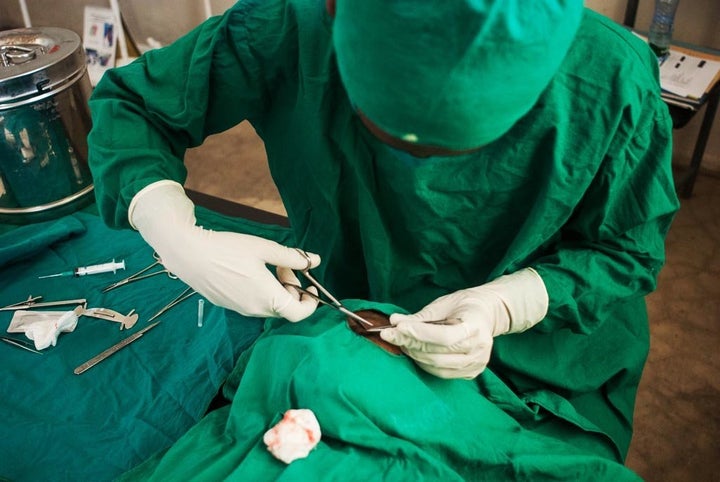
Bugune had been suffering from trachoma, a bacterial eye infection that is the world’s leading cause of preventable blindness but that has long been neglected — especially in Ethiopia, which is home to the largest population of sufferers by far.
The country is today the last major frontier in the global battle against the disease, but, despite recent efforts, public understanding of the disease and its causes remains poor — pushing the goal of elimination just beyond reach.
“I thought I was never going to see again,” Bugane said of the agonizing uncertainty of previous weeks. “I was so scared.”
Trachoma has been around for millennia. Traces of it have been found in the eyelids of Egyptian mummies, and it was once common across much of Europe and America.
But today the disease is almost entirely confined to the world’s poorest countries, in particular the hot, arid regions of sub-Saharan Africa. Women, as primary caregivers, suffer disproportionately because children are more likely to be infected. And women are four times more likely than men to need surgery.
“It is a disease of poverty,” explained Teshome Gebre, the International Trachoma Initiative’s regional director for Africa, in his office in the Ethiopian capital, Addis Ababa. “You don’t find it in the developed world or even the developing world.”
Of the 42 countries where trachoma is still present, Ethiopia has more than 30 percent of Africa’s already disproportionate burden. About 75 million Ethiopians — three-quarters of the population — live in trachoma-endemic areas, while the backlog of people urgently needing surgery for trachiasis, the advanced form of the disease, last year reached 693,000, the largest number of any country in the world.
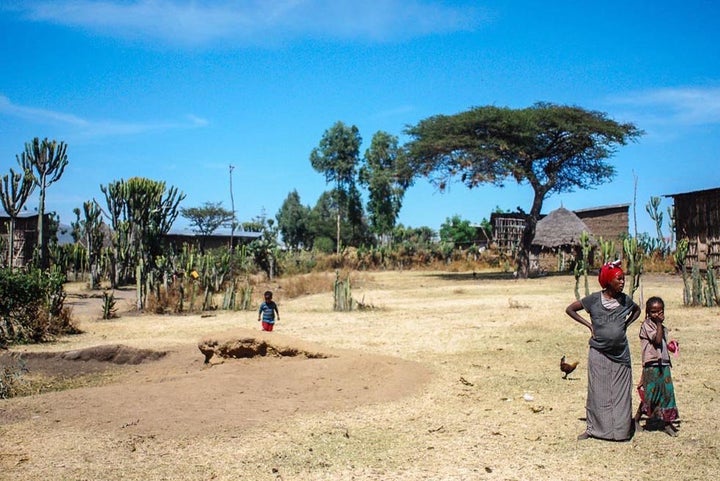
Bugune’s village of Toga is in the central region of Oromia, about four miles from the provincial boomtown of Shashamane, where the disease is typically much less common.
“The further you go from the main road, the more prevalent trachoma is,” explained Oumer Shafi Abdurahman, former director of Ethiopia’s Neglected Tropical Diseases program and now project manager for Stronger-SAFE, a Wellcome Trust-funded initiative led by the London School of Hygiene & Tropical Medicine that aims to increase understanding of the disease.
In some villages in the bushland surrounding Shashamane, where Oumer works, as many as 9 out of 10 children can be infected at any one time.
Yet trachoma is easily treatable with antibiotics and simple surgery, and the campaign to eliminate it by 2020, the World Health Organization’s global target, should be attainable, some experts believe.
Since 2012, Ethiopia has made significant strides, in particular by pioneering the Global Trachoma Mapping Project, the largest survey of an infectious disease, by using mobile phones and GPS signals to collate the country’s first national trachoma database.
The survey found that more than 90 percent of districts in Ethiopia have trachoma at critical levels, a revelation that helped spur the government and its donors to taking more decisive action.
In 2014, the federal minister of health announced a $1.7 million “fast-track initiative” to clear the then-estimated backlog of more than 800,000 people in need of surgery by the end of 2016, in part by training specialists to perform surgery at clinics across the country.
With the help of organizations like the Fred Hollows Foundation, it has also embarked upon a vast program of drug distribution, doling out antibiotics to entire communities — every man, woman and child — in order to curb transmission.
Ethiopia’s health extension program has advanced rapidly in a decade, with some 6,000 clinics and 48,000 extension workers nationwide making it possible to deliver doses of antibiotics to the most remote parts of the country.
In Oromia alone, nearly 7 million doses of antibiotics were delivered in 2016 —reaching 94 percent of a targeted population — and a similar number have been reached this year.
“Even though it is a very poor country, the system has worked” to deliver a mass antibiotic program, Oumer said. “And now that surgery is freely available, almost everywhere, there’s no reason for someone to go blind because of trachoma.”
For a country that 15 years ago had no national program to combat the disease and very little commitment from the central government, this is a remarkable turnaround.
The question now is whether Ethiopia can join the ranks of other countries that have recently eliminated trachoma. Yet many are doubtful because, despite improvements, progress has not been as swift as they had hoped.

Bugune and her family knew little about trachoma, despite the government’s public awareness campaign. In their circular, thatched-roof homestead less than a mile from the health center, Bugune’s husband, Araba, would remove the eyelashes manually, one by one. He urged her to visit the doctor, but for months she refused.
Neither knew of the strong link between transmission and poor hygiene: Bugane said she thought her eye problems were caused by smoke in the house, and her husband agreed.
“I don’t need to learn this,” he said. “When there is smoke in the house people get trachoma.”
Their neighbors were similarly uncertain. Their son Birhane suggested that light reflected from car windows might cause eye problems.
But it is more than just lack of public awareness that is slowing progress.
“Compared to the scale of the investment, the results have not been as expected,” Oumer admitted. “In the Amhara region of Ethiopia, which has had mass treatment for over seven years, it simply should have gone by now.”
One reason, he thinks, is that trachoma’s biology is still poorly understood by the scientific community.
“What we don’t know is probably more than we do know.”
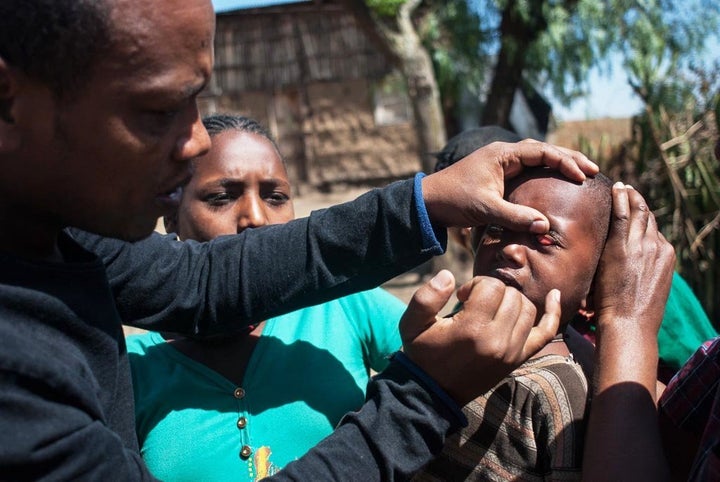
His Stronger-SAFE team is trying to work out precisely what lies behind transmission so that prevention methods can become more effective. The Shashamane-based researchers are examining local behavior, including water use, overcrowding and hygiene standards in affected villages, to try to pinpoint the causes.
Some experts, for example, wonder whether its extreme prevalence in Ethiopia is a result of cultural factors, such as washing habits or diet.
Others think that only economic development, particularly improved water access and sanitation, can wipe out the disease.
Oumer disagrees. “There’s no reason why it shouldn’t go here. There are poor countries with no trachoma. There must be something we are doing wrong.”
In November 2012, the WHO validated Oman as having eliminated trachoma, while China, Gambia, Ghana, Iran, Morocco and Myanmar have also claimed victory in recent years. (It was considered eliminated in the U.S. by the mid-20th century.)
Oumer and others doubt Ethiopia can meet the 2020 target, though he thinks that elimination of trichiasis — the advanced form of the disease that caused Bugune’s eyelashes to grow inward — might still be within reach.
Bugune, meanwhile, is fatalistic.
She is not, after all, the only one in her family to have suffered. Her brother’s wife recently had successful surgery on her right eye, but now the other eye is infected.
“I think it will come back for me, too,” Bugune said. “But if I go blind, my husband will guide me. It is his duty.”
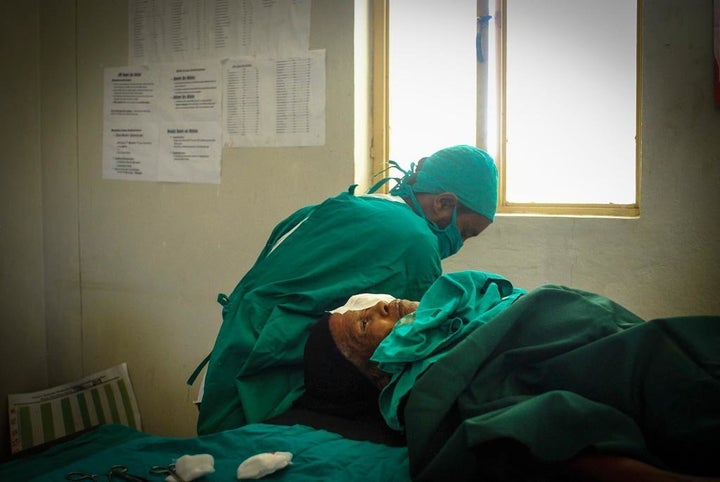
This series is supported, in part, by funding from the Bill & Melinda Gates Foundation. All content is editorially independent, with no influence or input from the foundation.
